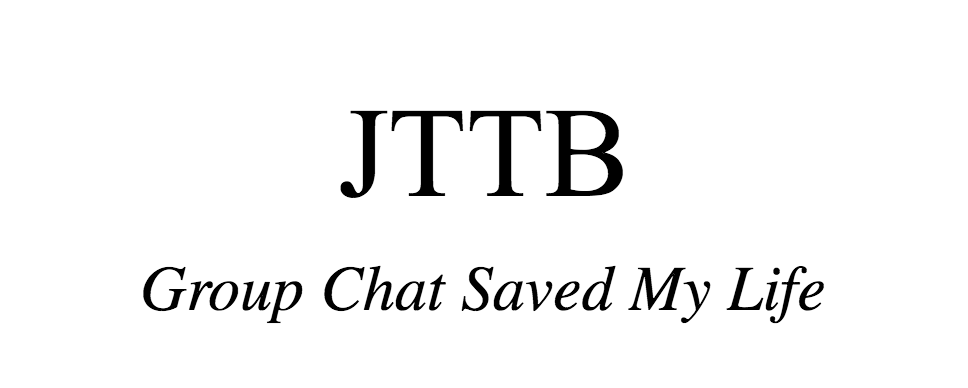A Broke Boy’s Guide to Thrifting
I don't want to be that guy, but I will be that guy and say that I’ve been thrifting since before it was cool. Legend has it, I was born in a thrift shop and have been thrifting ever since. My first jawn, right out the womb? Most definitely a pair of vintage 501s. But in all seriousness, I have been going to thrift shops since I was a kid tagging along with my mom. At first, I hated it. Why am I wasting time looking at old clothes instead of playing with LEGO or watching Pokemon? But as I grew up and began to look at clothes for myself, I began to fall in love with the ritual of finding treasures amongst the piles of old worn-out clothing.
If you want to navigate racks on racks of used clothing with ease and develop an eye for hidden gems like my own, you’re going to have to put in the time. For everyone else looking for a beginner’s guide to dipping their toes in someone else’s clothes, I leave you with three general pieces of wisdom:
Know What You’re Looking For
It’s easy when entering a thrift to feel overwhelmed by the sea of assorted clothing spanning wall-to-wall with little to no organization. You’d be lucky to find a thrift that color coordinates their items or separates items by size; and in recent years, the stores that do organize and curate their pieces use that added work to charge higher prices. Whenever I go thrifting, I think about the types of items I need in my wardrobe and colors I see myself wearing. I wouldn’t suggest completely skipping any section of clothing you don’t want, but focus your energy on sections you know you will be interested in first... If you’ve been looking for a nice blazer, head over to the blazers. If you tend to only wear black and white, use the ocean of colors to figure out where you don’t need to be looking. As you move between areas, simply skim over colors or clothing types that don’t fit your exact needs for the off chance you’ll find something that still speaks to you.. Having in mind an idea of what you’re looking for saves tons of time and could allow you to hit more thrift shops in a single trip.
Go Often
I have given out a list of thrifts I frequent and tons of people have reported back saying they sucked because they couldn’t find anything. I HATE that. What people rarely understand right away is that thrifting is a game of patience. Unlike typical clothing stores that have a collection in the store for a couple of months at a time, making it futile to go multiple times in a week, thrifts are constantly rotating clothing in their shops.
Bonus tip: find out what day of the week new clothing is laid out and get first dibs.
I have found many amazing pieces in my day, but they were only found after many fruitless trips. The key to thrifting is going as often as possible, even for just a quick run around the shop. Anytime I know I’m close to a thrift, I stop in just to see if I can find anything. Building this habit has allowed me to know where the closest thrifts are in most areas of the city, which has led to many spontaneous finds that I wouldn’t have made otherwise.
Know the Aftermarket
As a broke college student, I have a very limited amount of money to spend on clothes, even if they are just a few bucks at a thrift shop. So when I go thrifting, I always take into account whether or not I can resell an item sometime down the line. In my head, If I can find an item that I love and know I’ll wear for a while, but I can also sell it for around the price I got it or more, then that's an item worth getting. Even if I’m a bit iffy on an item, I’m more comfortable buying knowing the item will retain its value.
This isn’t a get rich quick scheme by any means, but it is a way for broke students like me to justify putting off lunch for a jawn. How to tell what items will be worth anything in the future is a topic for another article but taking a glance at sites like Poshmark, eBay, and Depop is an easy way to roughly estimate the value of a brand or specific item on the second hand market.
Bonus Tip: What I will say on pieces that retain value is that classic American brands always tend to sell well, and anything bright and eclectic will probably hit well in the future.

